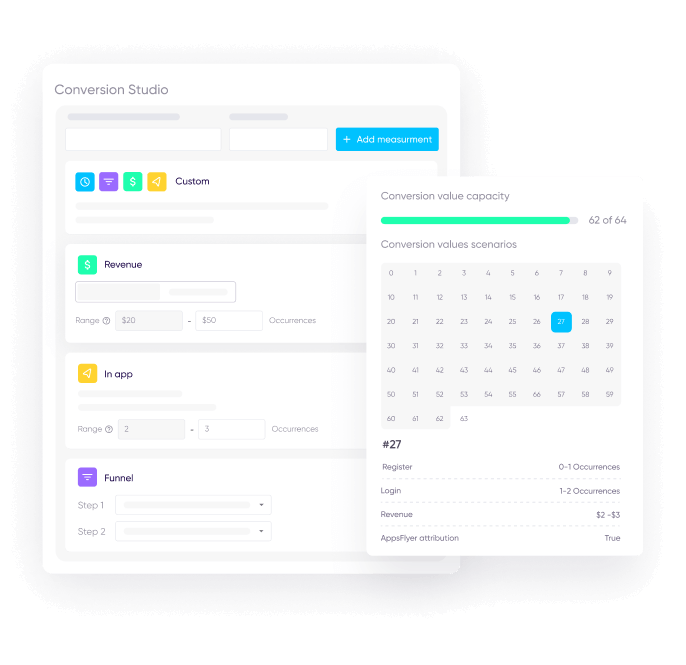Move from complication to clarity
Apple’s introduction of AppTrackingTransparency (ATT) made the digital marketing landscape more complicated. There are more data streams, increased duplication, and partial data. But, with the right technology on your side you can still achieve all of your marketing goals. Our iOS 14+ solutions take the complexity out of SKAdNetwork, while seamlessly aligning with Apple’s privacy guidelines.







